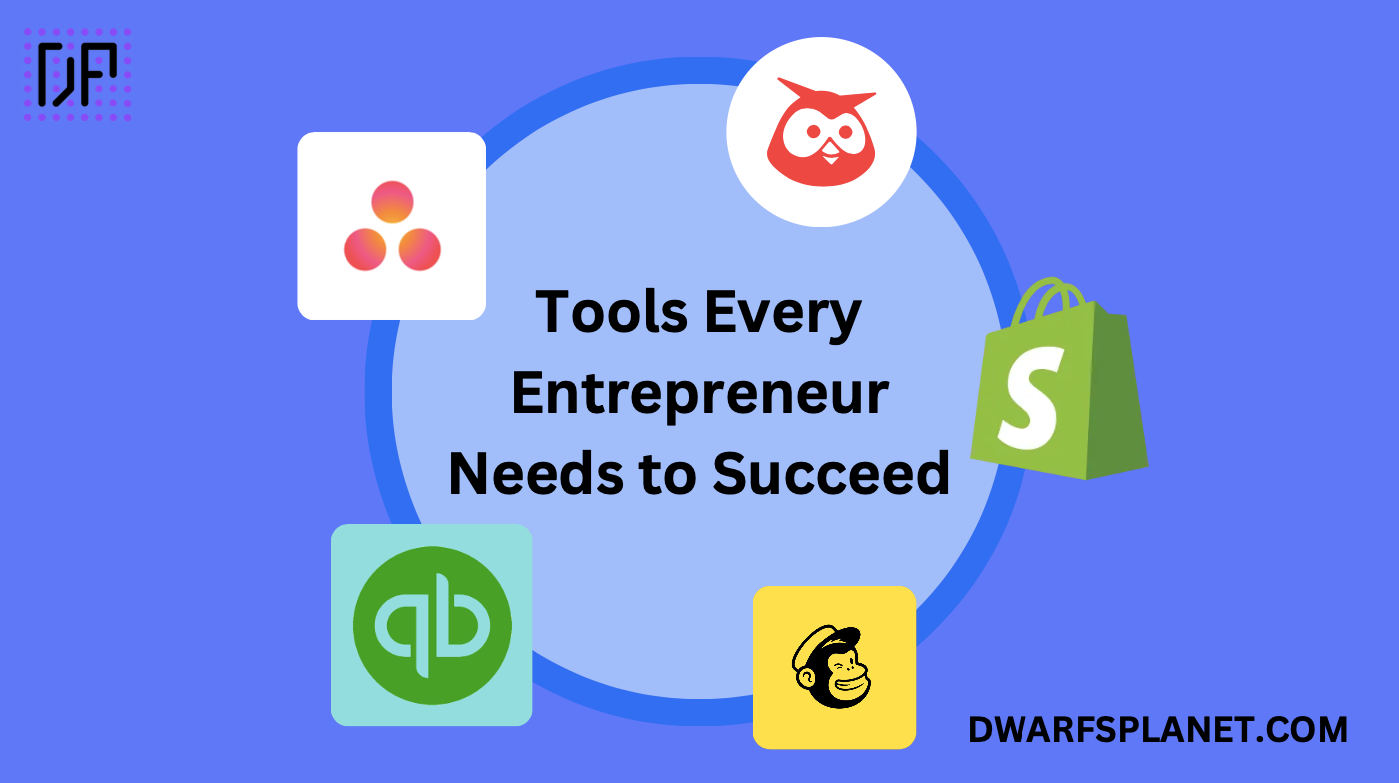
Introduction
Artificial intelligence (AI) is rapidly transforming industries and creating billion-dollar companies in the process. Startups like OpenAI, UiPath, and Databricks have reached unicorn status by tackling major challenges with innovative AI solutions. But creating a billion-dollar AI startup requires more than just groundbreaking technology. Success in the AI space involves identifying valuable use cases, building scalable infrastructure, maintaining ethical standards, and navigating funding challenges. Here’s a look at the secrets behind building the next billion-dollar AI startup and actionable steps to get there.
1. Identify a Clear, High-Value Problem
To build a successful AI startup, it’s essential to solve a real, high-value problem. Many AI companies fail because they focus on interesting technology rather than addressing a genuine market need. By honing in on a high-impact problem, you ensure your AI solution brings measurable value.
- Find Industry-Specific Pain Points: Some of the most successful AI startups, like UiPath in robotic process automation (RPA), focused on repetitive tasks in industries like finance and healthcare, delivering efficiency improvements that saved companies millions.
- Example: OpenAI’s ChatGPT gained popularity by addressing the need for advanced, user-friendly conversational AI, helping users automate tasks, generate content, and streamline customer service.
How to Apply This: Conduct in-depth market research to identify persistent problems that AI could uniquely solve. Interview industry experts, attend conferences, and follow forums to gather insights on unmet needs.
2. Build a Scalable Data Strategy
Data is the backbone of any AI startup. And having a strategy for collecting, managing, and processing large volumes of data is critical. High-quality data enables you to train more accurate models, giving your product a competitive edge.
- Collect Diverse, High-Quality Data: Many AI applications require diverse data sources to perform well in real-world scenarios. For instance, self-driving car companies collect millions of miles of driving data from various environments to ensure model accuracy.
- Invest in Data Infrastructure: Building an infrastructure that allows for rapid data collection, storage, and processing will save you time and resources. Cloud providers like AWS, Google Cloud, and Azure offer scalable solutions for handling large datasets.
Example: Databricks’ platform integrates data engineering, machine learning, and analytics, allowing companies to build and deploy AI models faster. Its scalable infrastructure is a significant reason for its billion-dollar valuation.
How to Apply This: Develop a data strategy from day one, focusing on quality, relevance, and volume. Use cloud infrastructure to manage data and ensure compliance with data privacy regulations.
3. Prioritize Model Explainability and Ethical AI
As AI becomes more integrated into decision-making processes, explainability and ethics are critical. Users and regulators increasingly demand transparency in how AI models make decisions, especially in high-stakes fields like finance, healthcare, and law.
- Build Transparent Models: Use frameworks that make it easier to explain your AI’s decisions, such as LIME or SHAP for interpretability in machine learning models.
- Establish Ethical Guidelines: Create an ethical framework that outlines how your AI should operate, addressing issues like bias, fairness, and privacy. Many companies are now appointing ethics boards to monitor these aspects.
Example: IBM has invested heavily in creating explainable AI tools and frameworks, which has helped it build trust and credibility, especially in sectors with stringent regulations.
How to Apply This: Make model explainability a key part of your development process, and establish ethical guidelines for model usage. This will build trust with customers, partners, and regulators, giving you a competitive edge.
4. Develop a User-Centric Product
AI can be complex, but the end product should be easy to use and tailored to customer needs. Many AI startups succeed by focusing on intuitive interfaces and user experiences, translating complex technology into a product that solves problems simply.
- Focus on Intuitive Design: Your product’s user experience is as important as the technology behind it. Make AI insights accessible to users without deep technical knowledge.
- Incorporate User Feedback: Regularly gather feedback to refine and improve the user experience. This can lead to product enhancements that drive adoption and loyalty.
Example: Grammarly, an AI-powered writing assistant, succeeded by creating a user-friendly tool that integrates seamlessly with various platforms, making advanced language processing accessible to a broad audience.
How to Apply This: Spend time understanding your users’ workflows, create intuitive interfaces, and integrate feedback mechanisms to make continuous improvements. A user-friendly product will encourage adoption and build a loyal customer base.
5. Develop a Sustainable Business Model
A scalable business model is essential for turning an AI startup into a billion-dollar company. From subscription models to pay-per-use or licensing, finding the right revenue stream depends on your target market and product type.
- Consider Subscription or SaaS Models: These models provide predictable revenue streams and are especially effective for AI applications that offer ongoing value.
- Explore Partnerships and Licensing: Partnering with larger companies or licensing your AI solution can also drive growth, providing access to new customer bases without additional acquisition costs.
Example: UiPath, a leading player in robotic process automation, adopted a subscription model that proved successful in scaling its offerings to a global enterprise audience, contributing to its rapid growth and valuation.
How to Apply This: Test different monetization models, then choose one that best aligns with your customers’ needs and your company’s growth goals. A sustainable business model ensures that scaling will be financially feasible.
6. Focus on Partnerships and Ecosystem Development
Collaborations can expand your reach and allow you to leverage other companies’ resources and customer bases. Strategic partnerships can also accelerate your entry into new markets, helping you scale faster.
- Partner with Industry Leaders: Collaborating with established companies allows you to gain credibility and tap into their existing customer base.
- Develop an Ecosystem of Integrations: Create an ecosystem of integrations with other software providers. AI companies like Salesforce and Slack excel in this by offering integrations that make their tools indispensable in broader workflows.
Example: Nvidia built strategic partnerships with companies in gaming, automotive, and healthcare, becoming a leading provider of AI hardware solutions across multiple sectors.
How to Apply This: Identify potential partners whose products complement your AI solution. Developing an ecosystem that enhances your product’s value through integrations with other platforms can drive adoption and growth.
7. Secure Funding and Build a Capital-Efficient Team
The AI industry can be capital-intensive, so securing funding is often necessary to sustain development and scale. Building a capital-efficient team that includes AI experts, data scientists, and product developers can help you maximize your resources.
- Secure Funding from Strategic Investors: AI-focused venture capital firms and angel investors understand the industry’s unique challenges and can provide both capital and strategic guidance.
- Hire Talent with a Mix of Skills: Ensure your team has a balanced mix of technical, product, and business expertise. Finding team members who can operate in a dynamic, fast-paced environment is crucial for AI startups.
Example: OpenAI secured substantial funding from Microsoft, which not only provided capital but also cloud computing resources, accelerating the development and scaling of AI projects like ChatGPT.
How to Apply This: Look for investors who can provide more than just capital—strategic investors often bring industry knowledge, networks, and resources that support faster scaling.
8. Implement a Robust Marketing and PR Strategy
In the competitive AI market, having a robust marketing and PR strategy is essential to differentiate your brand and establish credibility. A well-executed marketing plan helps potential customers understand your value proposition, while a strong PR strategy builds trust.
- Invest in Thought Leadership: Publish content, speak at industry events, and establish your brand as an authority in AI. Thought leadership can build trust and attract both customers and talent.
- Leverage Customer Success Stories: Showcase case studies and testimonials from satisfied customers, highlighting the real-world impact of your AI solution.
Example: Databricks utilized a strong thought leadership strategy by regularly publishing technical papers and hosting events. This strategy attracted a loyal user base and helped establish Databricks as a trusted AI and data platform.
How to Apply This: Develop a content strategy focused on educating your target audience, and regularly share case studies that highlight your AI solution’s value. A strong marketing strategy can help establish your brand and generate a loyal following.
9. Plan for Long-Term Scalability and Adaptability
Scaling an AI startup requires planning for future growth. As technology and customer needs evolve, your startup must be adaptable to maintain its competitive edge.
- Invest in Scalable Architecture: Use flexible cloud infrastructure that can handle increased demand as you grow. Avoid building systems that require extensive reengineering to scale.
- Stay Updated with Industry Trends: AI technology is rapidly advancing, so staying informed about emerging tools, techniques, and frameworks is essential.
Example: Palantir, an AI-driven data analytics company, built its platform to handle the complex, evolving needs of large organizations. This foresight helped it scale smoothly, adapting to various industries and client needs.
How to Apply This: Build an infrastructure that allows for rapid scaling and invest in continued learning and innovation. Being adaptable enables your startup to remain relevant in a fast-paced AI landscape.
Conclusion
Creating the next billion-dollar AI startup requires a blend of technological innovation, strategic planning, and a deep understanding of market needs. By focusing on solving real-world problems, leveraging high-quality data, prioritizing ethics and transparency, and building scalable infrastructure, you can lay the foundation for a successful AI venture.
From crafting a user-centric product to forging partnerships and planning for scalability, these secrets offer a roadmap to turn your AI vision into a thriving, billion-dollar company. While the journey won’t be easy, with determination, strategic thinking, and relentless execution, your startup could be the next big player in the AI space.










